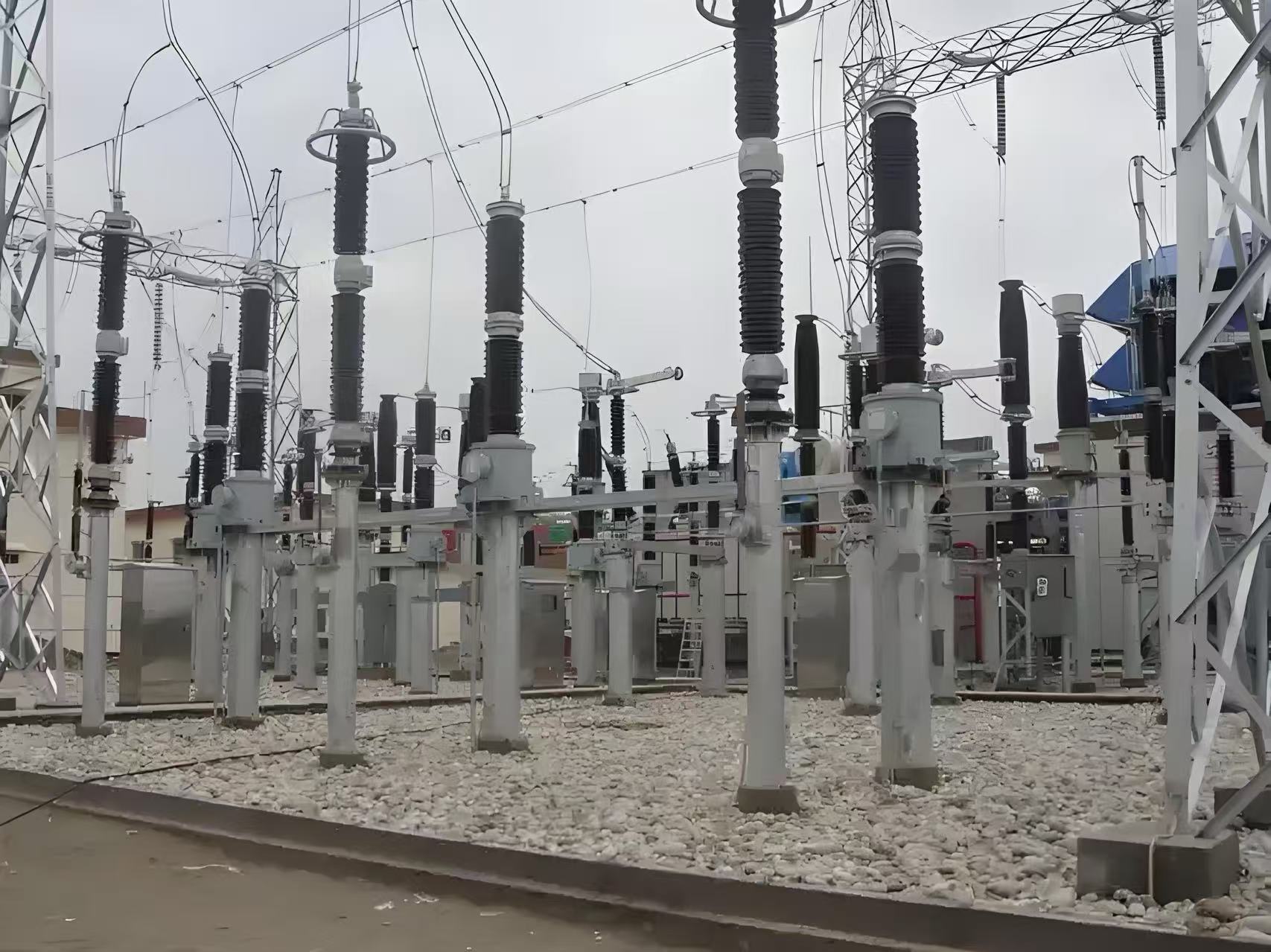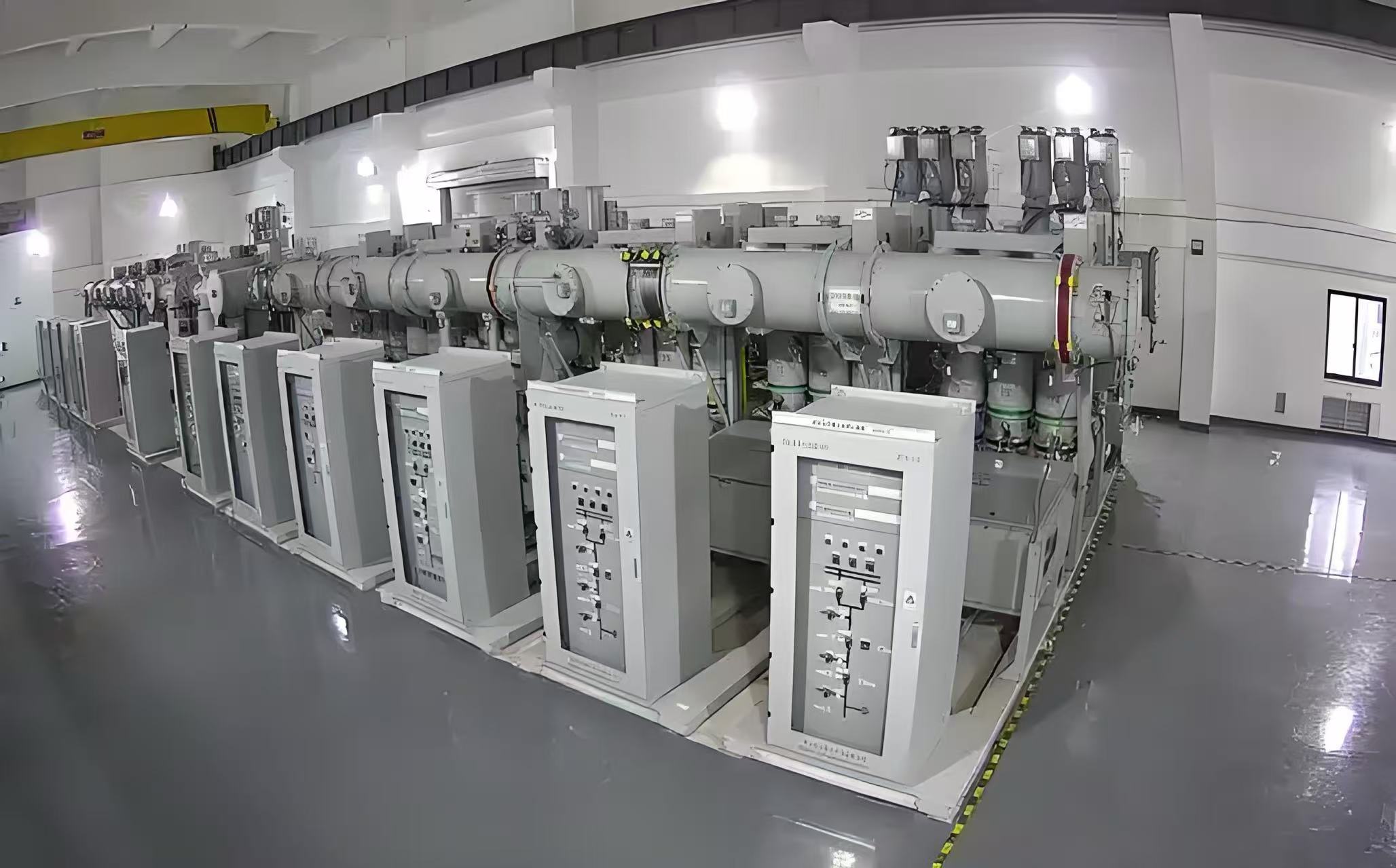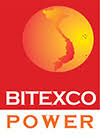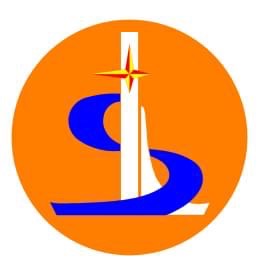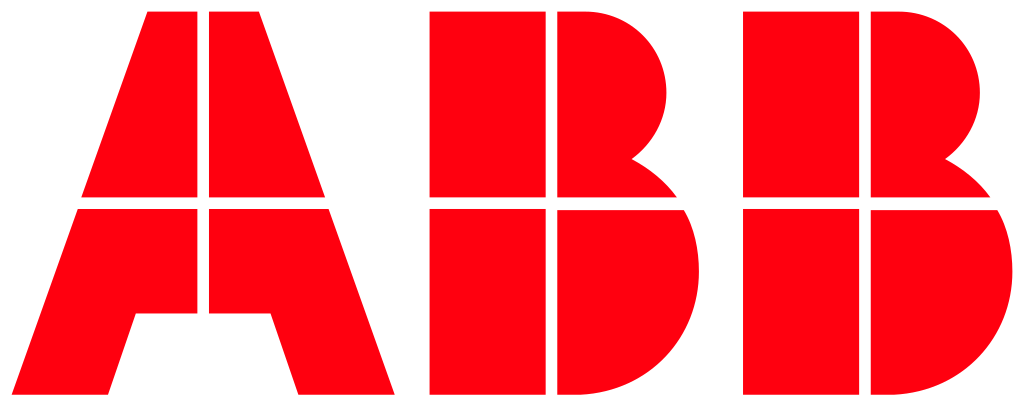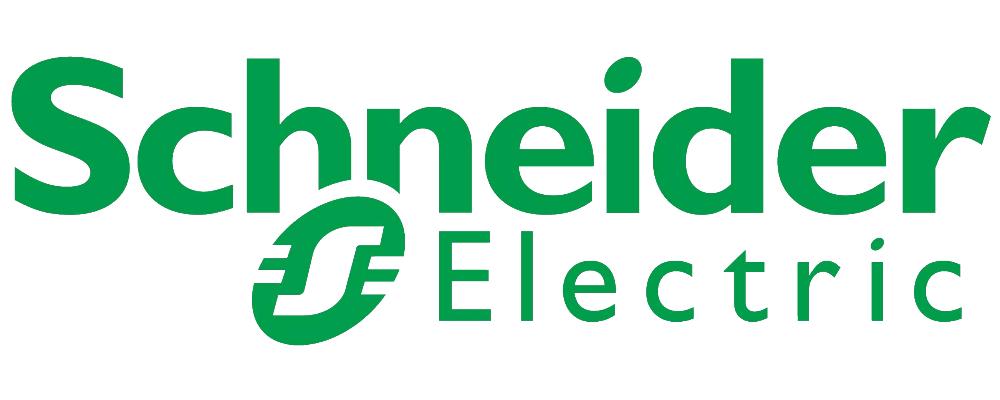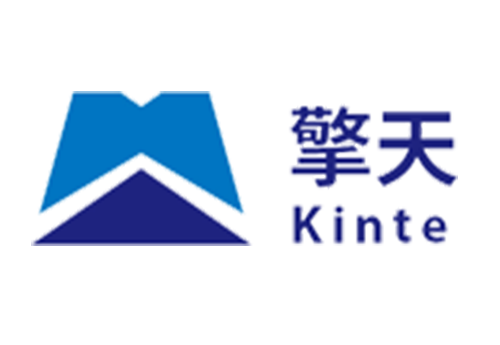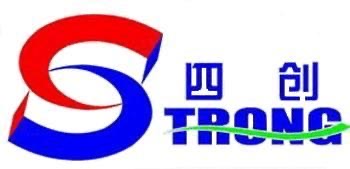Equipment and Functions in a Hydropower Station Step-up switchyard
Overview
A hydropower station step-up switchyard is a critical component of the hydropower station's electrical system. Its primary function is to step up the low-voltage power generated by the generators to a high voltage suitable for long-distance transmission. The step-up switchyard integrates various electrical devices to ensure efficient power transmission and safe system operation. Below are the main equipment and their functions in a step-up switchyard:
Equipment
1. Step-up Transformer
· Function: The step-up transformer steps up the low voltage (typically 6.3 kV or 10.5 kV) generated by the generators to a high voltage (such as 35kV,110 kV, 220 kV, or 500 kV) suitable for long-distance transmission.
· Features: Step-up transformers are usually oil-filled, offering high efficiency and low losses, and are capable of handling high current loads for extended periods.
2. Circuit Breaker
· Function: The circuit breaker is used to connect and disconnect circuits, protecting substation equipment from faults such as short circuits and overloads.
· Types: Common types of circuit breakers include Air Circuit Breakers (ACB) and Vacuum Circuit Breakers (VCB).
3. Isolator
· Function: The isolator is used to disconnect power during maintenance or inspections, ensuring the safety of operating personnel.
· Features: Isolators typically lack arc extinguishing devices and can only be operated under no-load or light-load conditions.
4. Earthing Switch
· Function: The earthing switch is used to ground the circuit, ensuring safety during maintenance or inspections.
· Features: Earthing switches are usually used in conjunction with isolators to ensure that the circuit is reliably grounded after disconnection.
5. Protective Relays
· Function: Protective relays monitor electrical parameters (such as voltage, current, and frequency) and detect faults. When a fault is detected, the relay triggers the circuit breaker to disconnect the circuit.
· Types: Common types of protective relays include overcurrent relays, low voltage relays, and differential protection relays.
6. Instrumentation and Measuring Devices
· Function: These devices are used to monitor and display electrical parameters, such as voltmeters, ammeters, and power meters.
· Features: Instrumentation and measuring devices provide real-time data, helping operators monitor and analyze the substation's operational status.
7. Control and Protection Units
· Function: These units include control relays, contactors, and time relays, used to control and protect the substation's operation.
· Features: Control and protection units achieve precise control through logical control and automation systems.
8. Auxiliary Equipment
· Function: Auxiliary equipment includes signal indicator lights, alarms, and communication interfaces, used to provide operational guidance and fault alarms.
· Features: Auxiliary equipment enhances the system's operability and safety.
9. Cables and Busbars
· Function: Cables and busbars are used to connect various devices within the substation, ensuring reliable current transmission.
· Features: The selection and layout of cables and busbars must consider electrical performance and mechanical strength.
10. Surge Arrester
· Function: Surge arresters protect substation equipment from the effects of lightning strikes or overvoltages.
· Features: Surge arresters are typically installed at the entry points of high-voltage lines and can quickly respond and absorb overvoltages.
Functions
The main functions of a step-up switchyard include:
1. Voltage Boost
· Function: The step-up transformer steps up the low-voltage power generated by the generators to a high voltage suitable for long-distance transmission, reducing power losses during transmission and improving transmission efficiency.
2. Power Distribution
· Function: The step-up switchyard serves as a critical node in the power system, capable of distributing power to different grids or load centers, ensuring the rational distribution and effective use of power.
3. System Protection
· Function: Through devices such as circuit breakers and protective relays, the substation detects and responds to various faults (such as short circuits, overloads, low voltage, and phase imbalance), quickly disconnecting circuits to protect the power system and equipment.
4. Real-time Monitoring
· Function: Instrumentation and measuring devices monitor the substation's electrical parameters in real-time, providing real-time data, which helps operators monitor and analyze the substation's operational status.
5. Coordination and Synchronization
· Function: The step-up switchyard , integrated with control systems, achieves coordination and synchronization between the substation and the power system, ensuring the stable operation of the power system.
6. Enhancing System Safety and Reliability
· Function: Isolators and earthing switches ensure safety during maintenance and inspections, while protective relays and circuit breakers enhance system reliability, reducing the occurrence and impact of faults.
7. Providing Operational and Maintenance Support
· Function: Auxiliary equipment such as signal indicator lights and alarms provide intuitive operational guidance and fault alarms, facilitating daily operations and maintenance activities for operators.
Summary
The step-up switchyard in a hydropower station is a key facility connecting generators and the power system. By integrating various electrical devices, it ensures efficient power transmission and safe system operation. The step-up switchyard plays a crucial role in the reliability, safety, and efficiency of the power system.


